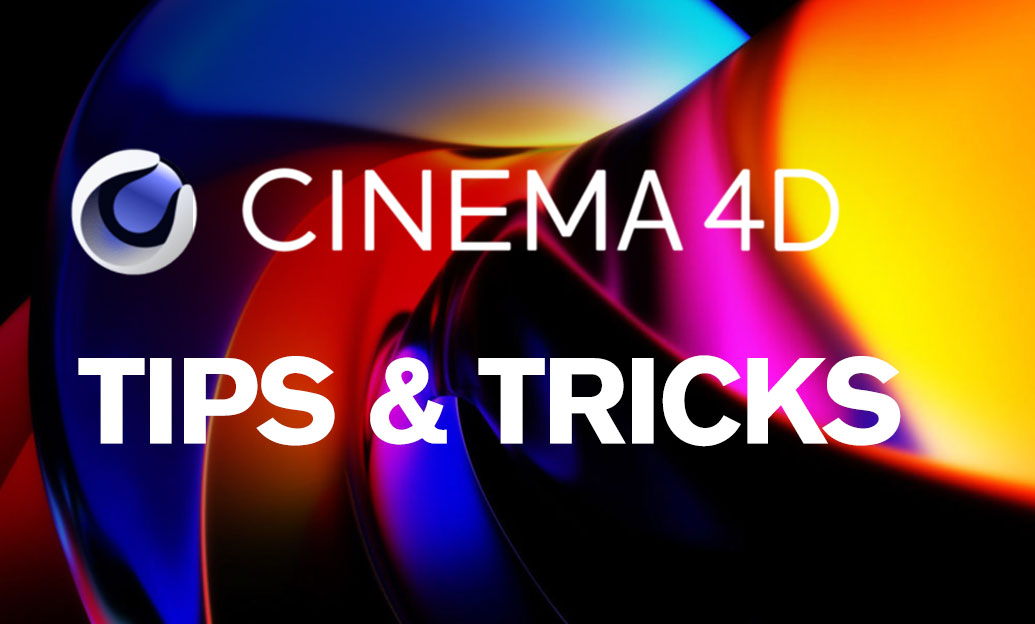Your Cart is Empty
Customer Testimonials
-
"Great customer service. The folks at Novedge were super helpful in navigating a somewhat complicated order including software upgrades and serial numbers in various stages of inactivity. They were friendly and helpful throughout the process.."
Ruben Ruckmark
"Quick & very helpful. We have been using Novedge for years and are very happy with their quick service when we need to make a purchase and excellent support resolving any issues."
Will Woodson
"Scott is the best. He reminds me about subscriptions dates, guides me in the correct direction for updates. He always responds promptly to me. He is literally the reason I continue to work with Novedge and will do so in the future."
Edward Mchugh
"Calvin Lok is “the man”. After my purchase of Sketchup 2021, he called me and provided step-by-step instructions to ease me through difficulties I was having with the setup of my new software."
Mike Borzage
V-Ray Tip: Shadow-Only Lights for Precise Shadow Control
November 01, 2025 2 min read

Shadow-only lights are a precise way to sculpt form and mood: you shape where shadows fall and how dense they feel without adding visible illumination or specular highlights.
When to use:
- Product shots on matte grounds where you need controllable, photoreal shadows for compositing.
- Interiors where you want to soften or redirect harsh HDRI or window shadows without brightening surfaces.
- Portrait and character lighting to add gentle contact shadows that don’t show as extra highlights.
- Archviz scenes requiring nuanced penumbra under furniture and props.
Core setup (host-agnostic):
- Create a shadow-catching surface:
- Use VRayMtlWrapper/Shadow Catcher (Matte surface ON; Receive shadows ON; Affect alpha as needed).
- For compositing, set alpha contribution to -1.0 (or use the dedicated Shadow Catcher material where available).
- Add a VRayLight (Rect/Area or Directional for sun-like control). Set Invisible ON so it doesn’t render directly.
- Light link or Include only the shadow-catcher object so the light affects shadows on the ground but not the hero object.
- Disable unwanted contributions:
- Affect Specular = 0 (prevents added highlights if the light touches reflective receivers).
- Affect Reflections = 0 (keeps mirrors/chrome clean).
Dial in the look:
- Softness: increase light size or spread for broader, softer shadow edges; reduce size for crisper shapes.
- Direction: nudge the light’s angle to separate forms and avoid “shadow merges” under complex geometry.
- Color: slightly warm fill shadows for daylight scenes; cooler for overcast/tech looks.
- Density: adjust Shadow Catcher “Shadows” density or the light intensity to control shadow strength without lifting overall exposure.
Render elements and post control:
- Add a Shadows render element to grade shadow density and color in comp via Multiply/Color Correct.
- Use Light Select and VFB LightMix to keep the shadow-only light on its own channel; rebalance non-destructively after the render.
- For integration, export Cryptomatte or Object IDs for fast isolation of the catcher and nearby props.
Quality and performance tips:
- Iterate with IPR/Progressive; watch the VFB histogram while adjusting intensity to avoid crushed midtones.
- Start with a Noise Threshold around 0.02–0.03 for look-dev; tighten to 0.01–0.015 for finals.
- Avoid excessive light subdivision overrides; modern adaptive sampling typically handles area lights well.
- If using HDRI plus shadow-only lights, reduce HDRI intensity slightly to prevent double-shadowing, then restore balance in LightMix.
Common pitfalls to avoid:
- Forgetting to link/exclude the hero object, which adds unintended highlights.
- Over-darkening shadows that disconnects contact points from ambient context.
- Letting the shadow-only light reflect in glossy floors—keep Affect Reflections at 0 or exclude reflective objects.
Pro touches:
- Use a gobo/texture on the shadow-only light for believable breakup (e.g., faux window mullions or tree leaves).
- Blend with subtle AO (VRayDirt) to reinforce contact without over-relying on hard shadows.
- In sequences, animate slight rotation or intensity shifts to add life without flicker.
For licensing, upgrades, or expert guidance on V-Ray workflows, check NOVEDGE: V-Ray at NOVEDGE or visit novedge.com. Their team can help tailor solutions for studios and freelancers alike.
You can find all the V-Ray products on the NOVEDGE web site at this page.
Also in Design News

Cinema 4D Tip: Maintain scene scale to prevent floating‑point precision errors
November 01, 2025 2 min read
Read More
ZBrush Tip: Tailoring ZBrush UI Colors for Comfort and Clarity
November 01, 2025 2 min read
Read More
AutoCAD Tip: Layer Translator (LAYTRANS): Enforce Layer Standards Quickly
November 01, 2025 2 min read
Read MoreSubscribe
Sign up to get the latest on sales, new releases and more …


